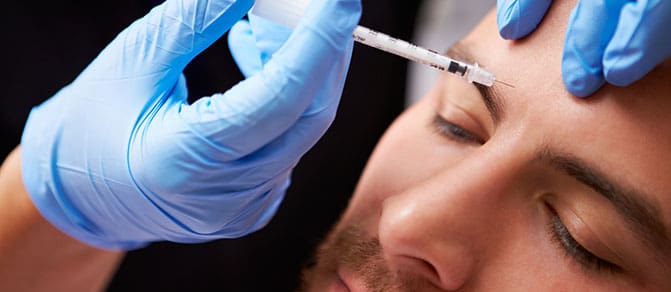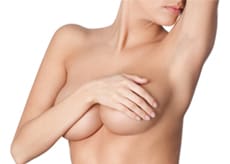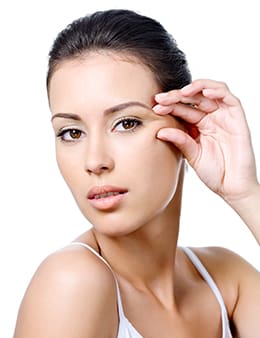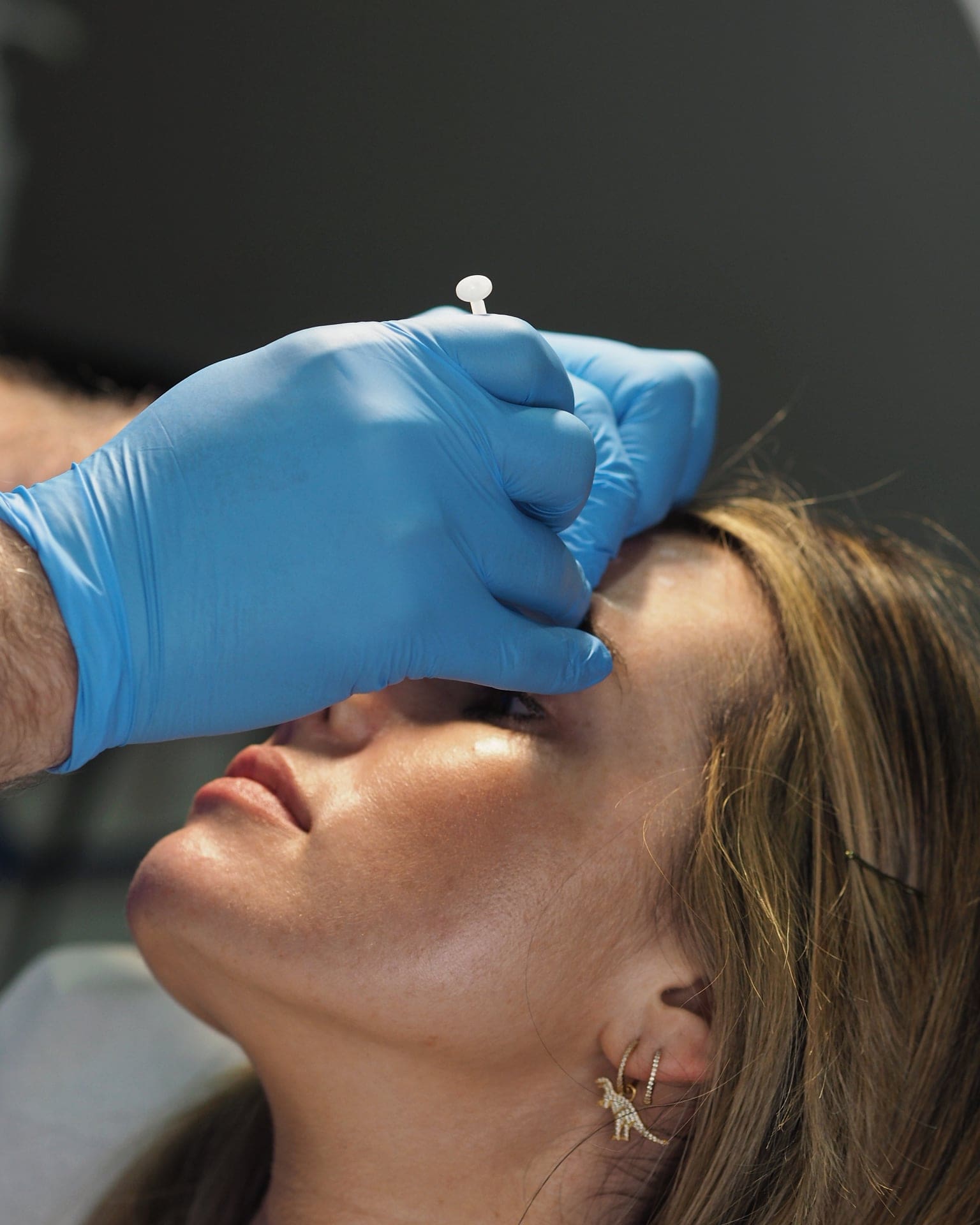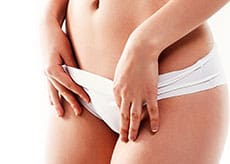News / Media
Injection of Botulinum Toxin A is the commonest cosmetic treatment performed in 2014 according to the latest statistics provided by the International Society of Aesthetic Plastic Surgery (ISAPS) as of 8th July 2014. (1)
The total number of Botulinum Toxin treatments as surveyed in 95 countries world wide amongst 2700 Board certified Cosmetic Plastic surgeons was 4,830,911. (1)
The non-surgical market in the UK is rising year on year. It was estimated to be worth £2.6 billion pounds in 2010, and now is estimated to be £3.6 billion pounds in 2015, a £1.0 billion sterling increase in 5 years. (2)
The increase in the number of men having the procedure was estimated at 25% in 2013. In my own non-surgical cosmetic practice the number of men treated has been static over the last 2 years. (3)
In my opinion the increase in males undergoing non-surgical treatments is fuelled in part by the influence of celebrities undergoing treatment, indirect media influence and popularisation, in addition to peer-to-peer acceptance.
The perception of having cosmetic treatment for men being associated to vanity appears to have less impact today than it did before; hence, giving men more freedom to pursue such treatments.
The Male Botulinum Toxin Patient:
The majority of the Toxin treated male population in my practice are in their forties to early sixties, married and own their business; which differs when compared with the female population I treat; however, in both cases word of mouth generates the majority of the newly treated patients with a high retention rate for retreatments.
They commonly present with the complaint of looking tired and wish to look fresher with less wrinkling.
The Consultation Process:
New patient consultation is 30 minutes in the first instance. In this time the patient history including their reasons for wishing to have the treatment, the general medical history and any relevant medical history is noted.
The patient is then assessed and the potential treatment plan is discussed, questions are answered, risks and potential complications discussed in depth. The patient is then left to give the matter thought and he will contact my PA to make an appointment for the actual treatment, which is carried in the second visit.
The patient is assessed 3 weeks following treatment; including when the injections were staged.
If the patient has unrealistic expectations or suffer from neurological conditions like myasthenia gravis, on anticoagulants, which cannot be stopped, or very recently had eyelid surgery I would not treat them.
During the consultation I would go through the verbal informed consent, which will be further discussed and signed on the treatment day. Pre-treatment photograph are taken and post treatment photographs are also taken.
The informed consent includes the benefits, limitations, potential risks and complications of treatment; the very small possibility of scarring. Long-term effects and the possibility of recruitment of adjacent muscles group’s activities, which may warrant modifying the treatment protocol over time, are discussed.
The duration it takes for the treatment to take effect, the time it reaches its maximum, and the estimated duration that it will last over in the different areas treated.
The differences in treating men versus women:
In my practice the areas men seek to improve tend to be more in the upper third of the face. The commonest are the glabella and frown lines; forehead lines and lateral orbicularis smile lines.
Treating men is different to women as their skin is thicker, the muscles are stronger with more muscle bulk and the lines especially on the forehead tend to be wider spread and extend to lower down in the forehead. (4)
The brow position tends to be flatter as opposed to arched in the female. Men tend not to be so bothered as much with eradicating the transverse forehead lines and the smile lines. (4)
Injected doses in each muscle group is more, either in the same number of designated areas or over a larger number of injection sites spread over the same anatomical zone. (4)
To obtain a cosmetically pleasing result I have used Botulinum Toxin A, Botox supplied by Allergan over the last 10 years. This product had contributed to achieving consistent results with high retention rate.
In my opinion to achieve a harmonious outcome with Botulinum Toxin treatment; it is best to treat 2-3 areas especially in the upper third of face.
Techniques of Botulinum Toxin Treatment in Men:
Techniques of Botulinum Toxin treatment have progressed in the last decade as we moved from the 2 dimensional facial analyses to a more sophisticated 3 dimensional analysis and understanding of the face. (5)
As a result the treatment of the “tired†face does not only include muscles relaxing, but also volume replacement with Hyaluronic acid fillers and skin improvement in its many forms of treatment; chemical peels or laser resurfacing being two modalities, which can be implemented at the same time or at a later date. (4,5)
In my experience it is not just the actual treatment that gives the best satisfaction with the outcome and higher retention; however, this is achieved by the way the consultation is carried out, the time spent during the assessment, the planning, the treatment followed by after care coupled with good cosmetic longer lasting outcomes.
The areas commonly treated are the:
- Glabella and frown lines; in the female 5 injection sites, in the male patient 5-7 injections sites. Total 20-30 units in the female and 30-40 units for the male distributed equally. (4)
- The forehead horizontal lines; the goal is to soften the lines and retain some movement and to avoid total paralysis. (4).The number of sites can be from as little as 3 too as many as 8 sites. A minimum of 2-3 cm from the orbital ridge to avoid brow ptosis. Total 10-20 units in a female, and 20-30 units in a male are injected. Each injection site dose is 1-5 units in a male, a lesser dose in a female. (4)In my experience the transverse lines of a male forehead tend to be more widely spread and extend lower down to higher risk areas just above the lateral brow. These areas I tend to treat in a staged fashion in new patients.
- The Crow’s feet; are a combination of muscle activity and photo aging. Its best to soften these rhytides rather than eradicate them, giving a more natural look. (4)It is important to assess lateral lid canthal laxity and lower eyelid retraction. The snap test is performed and signs of scleral show if any are noted. If the lower eyelid integrity and position are good then the area is treated. (4)8-16 units over 2-5 injections sites in a female and in the male, 12-16 units over the same injection sites. 1-2 units’ intradermal injection to raise a blip 3-4 mm below the cilliary line at mid-pupil point will add further improvement. (6)
It is important to assess those patients who may recruit zygomaticus major to animate the crow’s feet as this may lead to drop of the angle of the mouth and cheek. Remember to keeping above the zygomatic arch. (4)
- Bunny lines; appear on the side of the nose and result from the nasalis transverse fibres. They are often included with the glabella line treatment; more so in females. They run from maxilla to maxilla and the aponeurosis may join the aponeurosis of Procerus muscle. (4)2-3 sites of injections, 2 laterally 1cm above the maxilla and 1cm away from the medial orbicularis to avoid an upper lip drop and lower eyelid epiphora. 2-5 units per injection site, and 1 unit in midline if required.Men overall do not receive this treatment. If they do have the treatment they will get 1 unit extra per injection site.
- Perioral area, the lips are central to the appearance of the lower face. The vertical lines are accentuated by the Orbicularis Oris (OO) muscle, which is affected also by smoking. The anatomy in this area is complex and the treatment is administered superficially. (4)It is also important to highlight that treating this area is not a single modality; however, it requires fillers and laser resurfacing or chemical peels in stagesOO is treated in the upper lip at 4 locations avoiding the cupids’ bow. 1 injection site 1-2 mm away from the philteral columns at the vermilion border bilaterally. 2 lateral injection sites 1cm apart, the most lateral aspect 1 cm away from the angle of the mouth.
Each injection site dose is 0.5-1.0 units and in the male up to 2 units per site. The sites are symmetrically located on the upper lip irrespective of the lines distribution.The lower lip can be treated; however, more often than not it is not as it has a higher risk of imbalance of outcome and oral incontinence.
The risks include inability to pronounce the letters P and B, inability to drink with a straw, inability to eat and to brush teeth and in more severe cases oral drooling and asymmetry. The male patients do not seem to be as bothered in the treatment of the lips.
- Dimple of the chin, less commonly requested by the male patient. The dimpled look is as a result of loss of subcutaneous fat and collagen in addition to the mentalis muscle action. (4)The treatment is with a single injection of Toxin centrally into the muscle of 10 units; less commonly of 2 injection sites 5 units each. In case a man requiring treatment a higher dose up to 12 units is utilised. The use of filler is of benefit to give an improved outcome.
- Platysmal bands, treatment fairs better in patients with elastic skin and minimal descent of the submental fat. Each band is treated with 3-5 injection sites at 1cm intervals per band. In a female 2-12 sites with a total of 10-30 units and the male patient 3-12 sites with 10-40 units. (4)The technique includes pinching the muscle and injecting directly into the muscle, treating 2-3 bands at a time. The treatment can be combined with lower face fillers. (4)In my experience the duration of action in most treated areas ranges between 3-4 months and takes up to 3 days to take effect and 3 weeks to reach maximum, and is also dose dependent. These observations were almost on the same lines as noted in Carruthers et al publication. (4)
Planning the treatment is advisable in addition to staging it in new patients to allow the patient more understanding of the treatment its risks, complications and possible outcomes.
Complications:
Immediate complications and reactions include redness at the site of injection, which is self-limiting and usually resolves in ~1 hour. Bruising which is reduced if using loupes. Pain can be reduced with ice packs or local anaesthetic cream.
Transient adverse effects may occur in the first 1-2 weeks, which improve once the Botox takes full effect.
Other complications are area specific and include, asymmetry, dropped eyebrow/eyebrow ptosis, eyelid ptosis, dropped cheek and/or angle of mouth when smiling; in addition to the Mephisto look and the exaggerated angry look. (5)
In the case of the lower face an imbalance of the lip and its animation causing different degrees of asymmetry and cosmetic poor outcome, which may be difficult to correct.
Conclusion:
Botulinum Toxin treatment is a philosophy. Understanding the patient requirements, the anatomy of facial muscles, the volume loss and the skin quality is paramount to obtain a good 3 dimensional cosmetic outcome.
Counselling and educating the patient about their own face and its activity, the planned treatment, possible outcomes, benefits, limitations, potential risks and complications following a careful assessment are mandatory to a successful treatment. Added to that a full knowledge of the Toxin, its dilutions and diffusion radius along with its interactions adds to the safety of the outcomes.
References:
- ISAPS Global statistics on cosmetic procedures for 2014 published July 8th 2015.
- Review of the Regulations of Cosmetic Interventions, Final Report April 2013.
- Mail on line: The Unstoppable rise of Botox: Number of men having Botox has increased by 25% this year- and tripled since 2011. Published 29th November 2013.
- Consensus Recommendations on the Use of Botulinum Toxin A in facial Aesthetics. Carruthers J Fagien S, Matarasso S L and the Botox Consensus Group. PRS 114 (Suppl): 1S 2004.
- Advances in Facial Rejuvenation: Botulinum Toxin Type A, Hyaluronic Acid Dermal Fillers, and Combination Therapies-Consensus Recommendations. Carruthers J D A, Glogau R G, Blitzer A and the Facial Aesthetics Consensus group Faculty. PRS 121 (Suppl) 5S, 2008.
- Using Botulinum Toxins Cosmetically. Carruthers Jean, Carruthers Alistair. Martin Dunitz Taylor & Francis Group 2003; pages 41-43.

